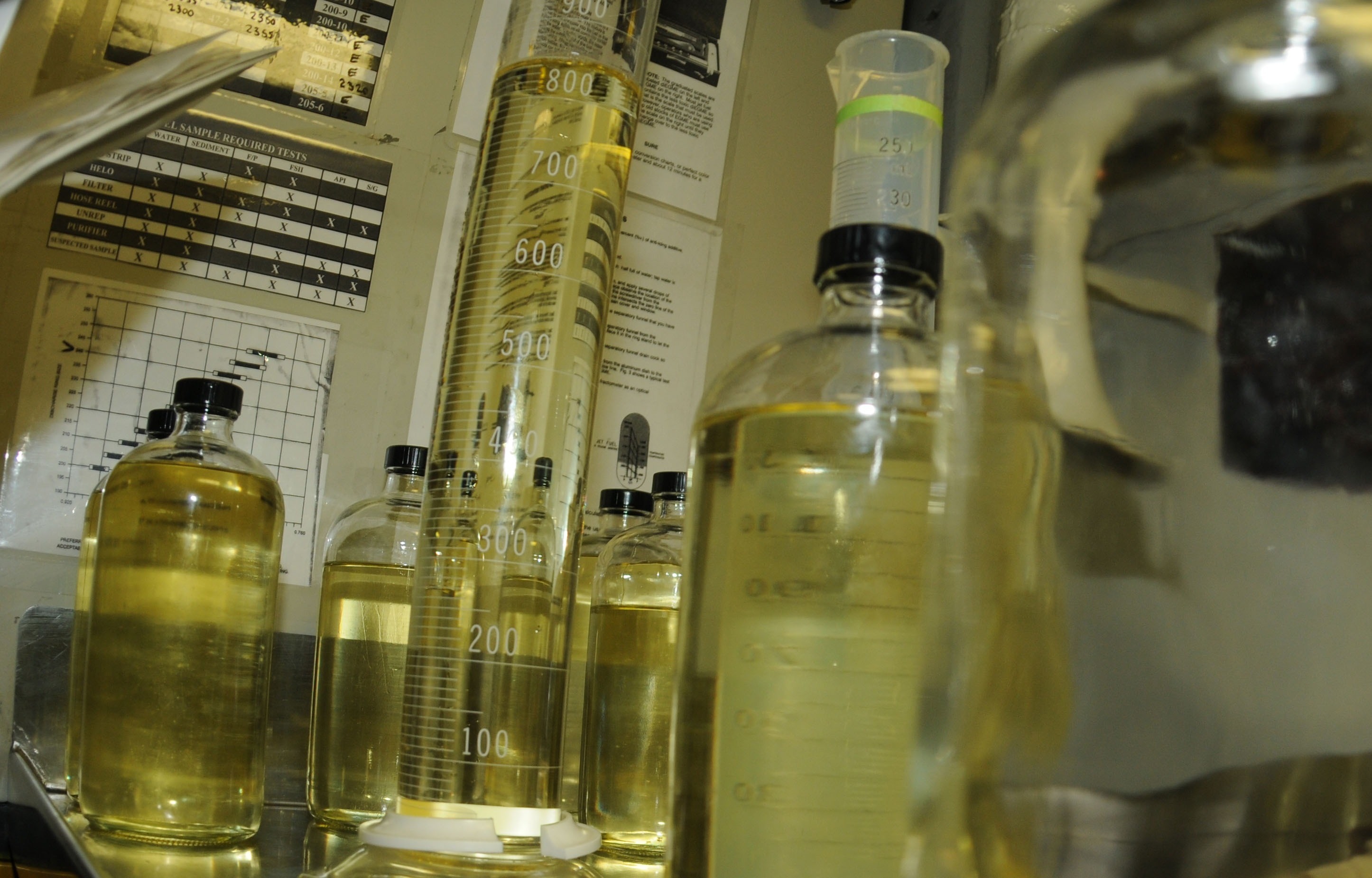
Background
Biofuels, such as ethanol, are in high demand, especially since the United States began using ethanol as an additive to gasoline. Ethanol can be obtained through fermentation of suitable biomass using distillation processes. These processes are based on differing boiling points of ethanol and water. The goal is to minimize the water content in ethanol so that the gasoline and ethanol mixture is anhydrous. The final step in the dehydration process is expensive, energy inefficient, and releases exhaust/emissions. A membrane for ethanol purification that's more energy efficient is needed.
Technology
A pervaporation (PV) membrane has been created that combines an electrospun nanofibrous scaffold and a graphene oxide (GO) barrier layer. It's produced by casting a GO barrier layer on the nanofibrous scaffold. The fibers in the scaffold have a diameter from around 1 to 20,000 nm, and the barrier layer has a thickness from around 5 to 5,000 nm.
Advantages
-Improved permeation flux -Improved separation factor in pervaporation applications -Less expensive and more energy efficient
Application
-Pervaporation applications -Ethanol dehydration
Inventors
Benjamin Chu, Distinguished Professor, Chemistry
Benjamin Hsiao, Distinguished Professor, Chemistry
Devinder Mahajan, Professor, Materials Science and Engineer
Tsung-Ming Yeh, Ph.D. Student, Chemistry
Licensing Potential
Licensing,Development partner,Commercial partner
Licensing Status
Available for licensing.
Licensing Contact
Donna Tumminello, Assistant Director, Intellectual Property Partners, donna.tumminello@stonybrook.edu, 6316324163
Patent Status
Patented
9353037
Tech Id
8555
